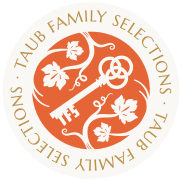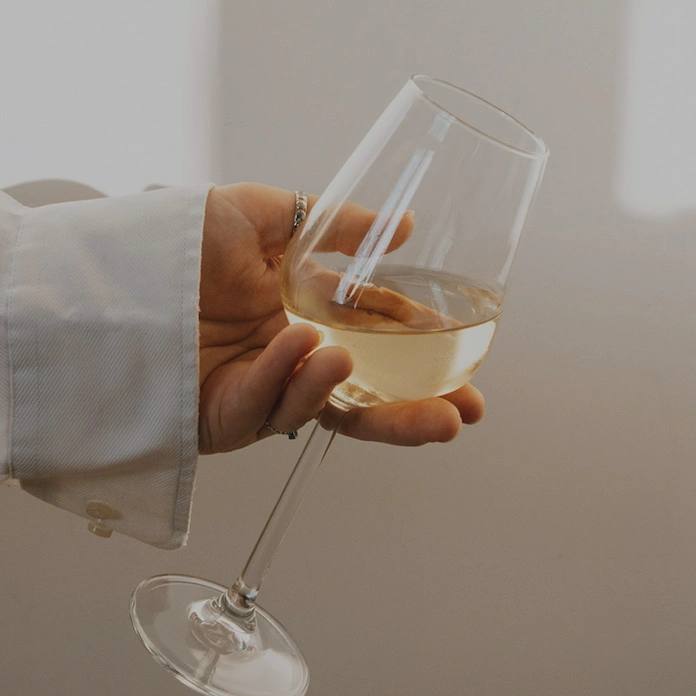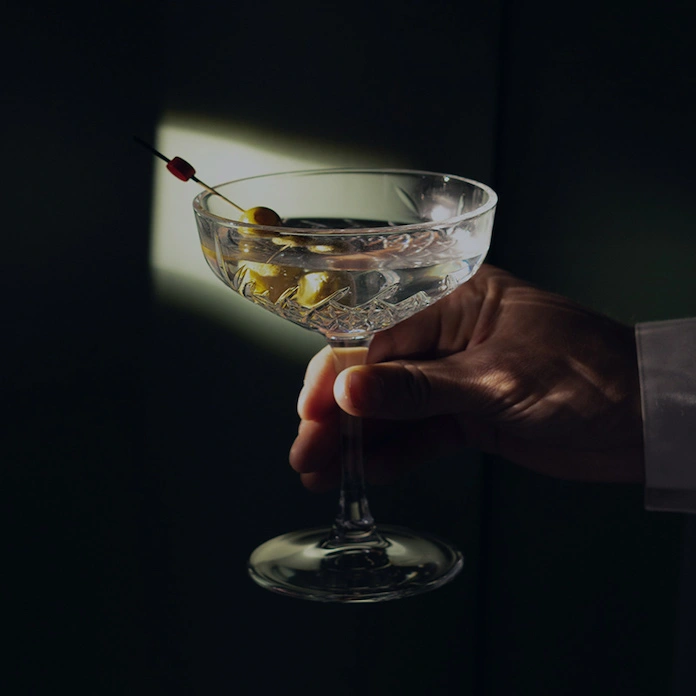

Alvaro Palacios: Crafting Rioja Wine Beyond the Senses

Some call him a “rebel” or an “iconoclast,” thanks to his maverick approach in breathing new life and prestige into underappreciated regions. He’s also very well known for radiating warmth and humility. But at his core, Alvaro Palacios is simply trying to express the unique beauty of Spain’s varied terroir and native grapes — and his instincts for scouting out vineyards with sky-high quality potential are unrivaled.
Born in 1964 — one of nine children — fourth-generation Alvaro was inspired by his family’s winemaking roots and decided to attend Bordeaux University to study oenology. During a brief stint working for the Moueix family (one of the Médoc’s most illustrious names), Alvaro began thinking about how he could craft and express “wine beyond the senses.” His objective thereafter became looking for vineyards in places with mystical origins, old vines, and diamond-in-the-rough terroir. After helping to put important regions like Priorat and, later, Bierzo, on the fine wine map, Alvaro’s eyes wandered to his family’s Rioja estate, Bodegas Palacios Remondo.
Founded in 1945, Palacios Remondo is tucked away in the far-eastern corner of the Oriental district, not far from the borders of Navarra. The story in this rugged, high-altitude scrubland is all about garnacha — the territory’s traditional variety and also one of Alvaro’s biggest passions. His conviction: that the Rioja Oriental terroir is far better suited for garnacha than it is for the more commercially viable, and widely planted, tempranillo.
And so, in 2000, Alvaro took the helm. Under his skilled stewardship, the estate has lowered yields, returned to traditional vineyard practices, and focused on organic viticulture. By emphasizing wines (and varieties) that are expressive of and authentic to this stunning side of Rioja, Alvaro’s reimagining of Palacios Remondo is continuing to shape a very bright future for fine wine in Rioja — and Spain at large.

-
Founded
1945 -
Location
Rioja Oriental, Spain
Terroir
Unlike the rest of Rioja (which experiences more of a cooler, continental climate), Rioja Oriental is blessed with a warm, arid Mediterranean-influenced climate. The soils, too, are different here, with a much larger percentage of alluviums than in neighboring Rioja Alta; deposits of volcanic rock, quartz, and sandstone, interspersed with carbonate and clay-ferrous colluvial material, lime, and sand are present. (The estate’s La Montesa vineyards are particularly rich in limestone composed of quaternary alluvial fans formed by the Ebro River.)
Rioja Oriental is often described as flatter than the region’s west but make no mistake — there is significant elevation here. The Palacios Remondo estate vineyards are planted in the foothills of Mount Yerga, at altitudes of 400-640 meters / 1,312-2,100 feet. The area was first settled and planted by Cistercian monks, which lends the land a somewhat “mystic” quality — a key component in what draws Alvaro’s focus on a place.

Viticulture
Palacios Remondo’s viticultural processes are adapted from traditional Alfaro methods with vines trained either in gobelet or double cordon royat; the team carry out green harvesting (typically one bunch per shoot). The average vine age varies but hovers between 30-37 years across much of the estate vineyards — the oldest vines reach up to 94 years old. There is no irrigation and average rainfall amounts are between 319 and 447 millimeters / 12.56 and 17.59 inches. The higher terrain on Mount Yerga also sees an average of 15 centimeters / 5.9 inches of snowfall annually. Harvest is done exclusively by hand with very strict grape selection performed both in the vineyards and winery.
The Palacios Remondo estate has been farmed organically since 2017, with most sites carrying official organic certification. The older vineyards of Las Mulgas, Corral Serrano Viejo, and Valviejo are recognized for their ecological viticulture; however, their proximity to neighboring sites (unaffiliated with Palacios) with unconfirmed viticultural practices precludes them, for now, from attaining official organic certification.
Winemaking at Palacios Remondo
Fermentation vessels and processes vary by style (inox stainless steel with pump-over; wooden vats with manual cap immersion; oval wooden foudres at low temperatures). Maceration times for red wine averages 35 days while white wine sees eight hours of skin contact. No exogenous yeasts or commercial compounds are added and sulfites are kept to minimum levels. All wines are fined and bottled unfiltered.









